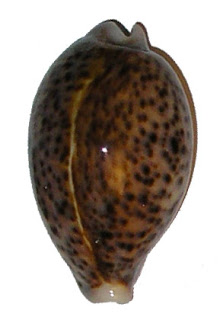Kitche Manitou and the Creation
"To satisfy my own curiosity I have sometimes interpreted to their old men, portions of Bible history, and their expression is invariably: 'The book must be true, for our ancestors have told us similar stories, generation after generation, since the earth was new.'" History of the Ojibways by William Whipple Warren This quote is interesting to me, given its time period and given William W. Warren's background. He lived from 1825-1853. He had the benefit of being raised in two cultures, that of his native mother's (before that culture would be entirely repressed) and his European father's. He comments more than once in his book of the similarities he found between the two, and developed the opinion that either his mother's people were part of the lost tribes of Israel, or had communed with them at some point. One of these similarities I see is in the creation performed by Kitche Manitou. Kitche Manitou (also Gitchie Manito) has been interpreted a...



Hi Sarah,
ReplyDeleteI love this book I am reading, Braiding Sweetgrass, by Robin Kimmerer. Native American wisdom is artfully woven into her writings so that words have meaning beyond the story they tell. She recounts her experience of bringing her ethnobotany students to the Cranberry Lake Biological Station to live for 5 weeks in the wilderness. They are to learn how to meet basic human needs in harmony with nature. First they must build a shelter. "They've chosen the site, marked the geometry on the ground, harvested saplings and set them deep in the soil, so we have a twelve-foot circle of neatly spaced maple poles. It's hot and sweaty work, at first done mostly as individuals. But when the circle is complete and the first pair of saplings are joined in an arch , the need for a team becomes clear: the tallest to grab the treetops, the heaviest to hold them down, the smallest to scramble up and lash them in place. The creation of one arch calls for the next and they are led by the emerging shape of the wigwam. Its inherent symmetry makes any mistakes obvious and the students tie and untie until they get it right. The woods are full of their bright voices. When the last pair of saplings is tied, quiet falls as they see what they have made. It looks like an upside-down bird's nest, a basket of thick saplings domed like a turtle's back. You want to be inside. All fifteen of us can find a comfortable seat around the perimeter. Even without a covering, it feels cozy. Few of us live in round houses anymore, where there are no walls, or corners. Indigenous architecture tends to small and round, though, following the model of nests and dens and burrows and redds and eggs and wombs--as if there were some universal pattern for home." So beautiful in symbolism from how the home is built to the pattern used to build it and what it must mean for those it shelters and brings together. Love, love, love her writings. She considers written language as a unique gift that humans have to offer the land, and I feel like they are changing my heart, bringing me closer to my true mother's arms.
Michelle